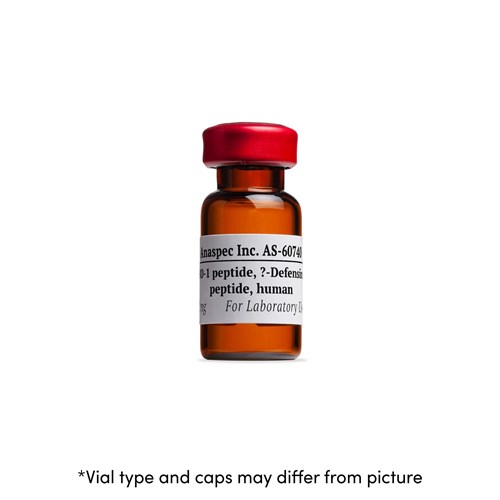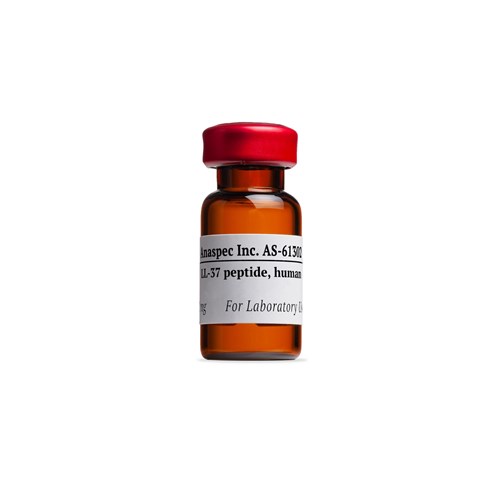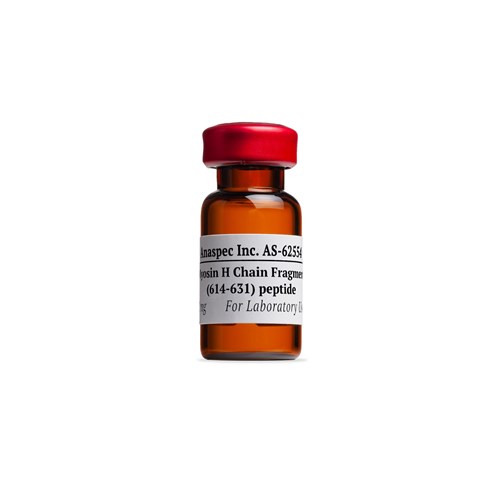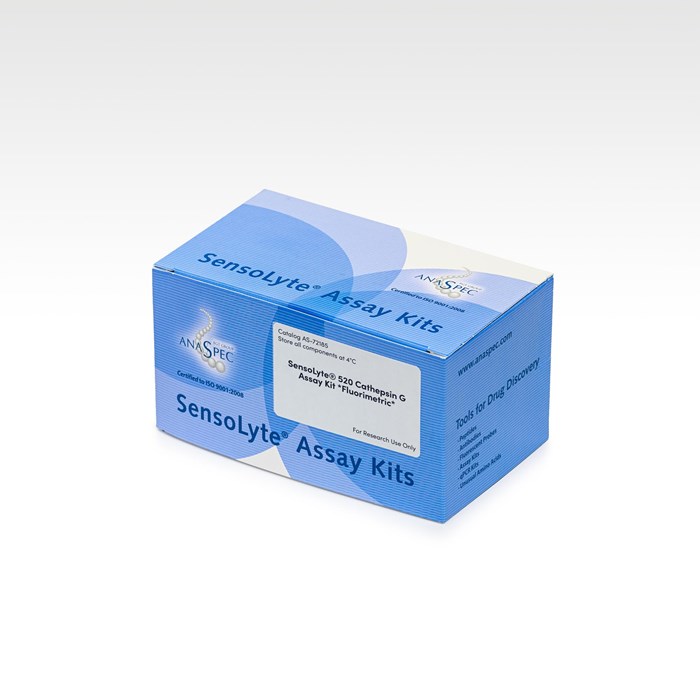SensoLyte® 520 Cathepsin G Assay Kit Fluorimetric - 1 kit
- Cat.Number : AS-72185
- Manufacturer Ref. :
-
Availability :
In production
- Shipping conditions : Ice delivery fees must be applied
Cathepsins are a class of globular lysosomal proteases playing a vital role in mammalian cellular turnover. They degrade polypeptides and are distinguished by their substrate specificities. Cathepsin G is the serine protease released by neutrophils upon their activation. Cathepsin G is currently being explored as a target for anti-inflammatory and anti-infective drugs.
The SensoLyte® 520 Cathepsin G Activity Assay Kit uses a HiLyte™ Fluor 488/QXL™ 520 FRET peptide substrate for the measurement of enzyme activity. In the intact FRET peptide, the fluorescence of HiLyte™ Fluor 488 is quenched by QXL™ 520. Upon cleavage of the FRET peptide by the active enzyme, the increase of fluorescence can be continuously monitored at excitation/emission = 490/520 nm. With superior fluorescence quantum yield and longer emission wavelength, the HiLyte™ Fluor 488/QXL™ 520 based FRET peptide has less interference from the autofluorescence of test compounds and cellular components and provides better assay sensitivity. The fluorescent signal from HiLyte Fluor™ 488 is stable at low pH, which is the optimal pH for cathepsin activity. The kit can be used to detect the activity of Cathepsin G enzyme in biological samples and purified enzyme preparations.
Specifications
| Packaging | |
| Kits components |
|
|---|---|
| Chemistry | |
| UniProt number |
|
| Properties | |
| Absorbance (nm) |
|
| Emission (nm) |
|
| Storage & stability | |
| Storage Conditions |
|
| Activity | |
| Application | |
| Biomarker Target | |
| Detection Method | |
| Research Area | |
| Sub-category Research Area | |
| Usage |
|
| Codes | |
| Code Nacres |
|
Downloads
You may also be interested in the following product(s)



Citations
Serine protease inhibitor A3 in atherosclerosis and aneurysm disease.
Int J Mol Med. . 2012 May 09 ; 30(2) 288 | DOI : 10.3892/ijmm.2012.994
- D. Wågsäter
- et al
